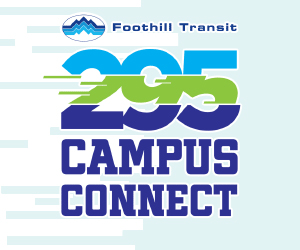In 2000 the industry group for public transit agencies in California, the California Transit Association, held its Fall Conference and Expo at the Westin Hotel near LAX. I was invited to participate in a panel discussion about transit activists and our relationship with agencies, the legislature, regulatory entities etc. As a bonus I presented a list of 11 rules of transit advocacy.
Recently I stumbled across an old Word file where I had preserved it and for the edification of the readers of this blog present it below verbatim. How well do you think it has aged?
1) There are no magic bullets
2) Transit’s main purpose is to move people, not solve pollution, social equity, congestion, etc.
2a) Transit is a means (mobility) to an end (the destination), not an end in itself
3) Beware (and be aware) of unintended consequences
4)Things can always get worse; change should be for the better not just for the sake of change
5) The greatest challenge is changing perceptions
6) Parochialism will always rear its ugly head (aka “fair share”)
6a) Also NIMBYism
7) Never promise congestion relief resulting from a transit project
8) Always get the actual documents and studies; don’t rely on summaries or media stories about them
9) Everyone is a transportation expert, just ask them
I credited transportation professionals Jim Seal and Thomas Rubin as inspiring some of these points. They were kind enough to share their contemporary addenda to my 13 year old musings when I recently e-mailed both of them.
Mr. Seal suggested "Don’t bet that most transit governing structures will reward success and punish failure".
Mr. Rubin had two inspirations:
“Yes, Mr. Director, the Board can vote to repeal the law of gravity, but that doesn’t mean that pigs will fly.”
“No man, women, child, or dollar bill is safe while the Legislature is in session.”
And here are brief bios of both gentleman. My thanks to them for their insights and good humor (you need a bit of that when you have been involved as long as they have with the often bewildering world of transit policy):
Tom Rubin is a consultant with over 35 years of experience in the transit industry as a senior executive of two of the largest transit agencies in the U.S. and as the founder and director of the transit practice of what is now Deloitte & Touche, LLP, which he grew to the largest practice of its type, serving well over 100 North American transit operators, Metropolitan Planning Organizations, state Departments of Transportation, the U.S. Department of Transportation, and transit suppliers and associations.
James C. Seal is President of Jim Seal Consulting Services, headquartered in Santa Monica. He is a ground transportation consultant to private transportation companies nationwide. He specializes in competitive procurement, transit bill analysis, school bus transportation funding, public/private partnerships, and preparation of alternative fuel grant proposals.
Also my thanks to Amy J. Lai, Association Services Director for the California Transit Association, who kindly researched what year the Conference I attended was held.






